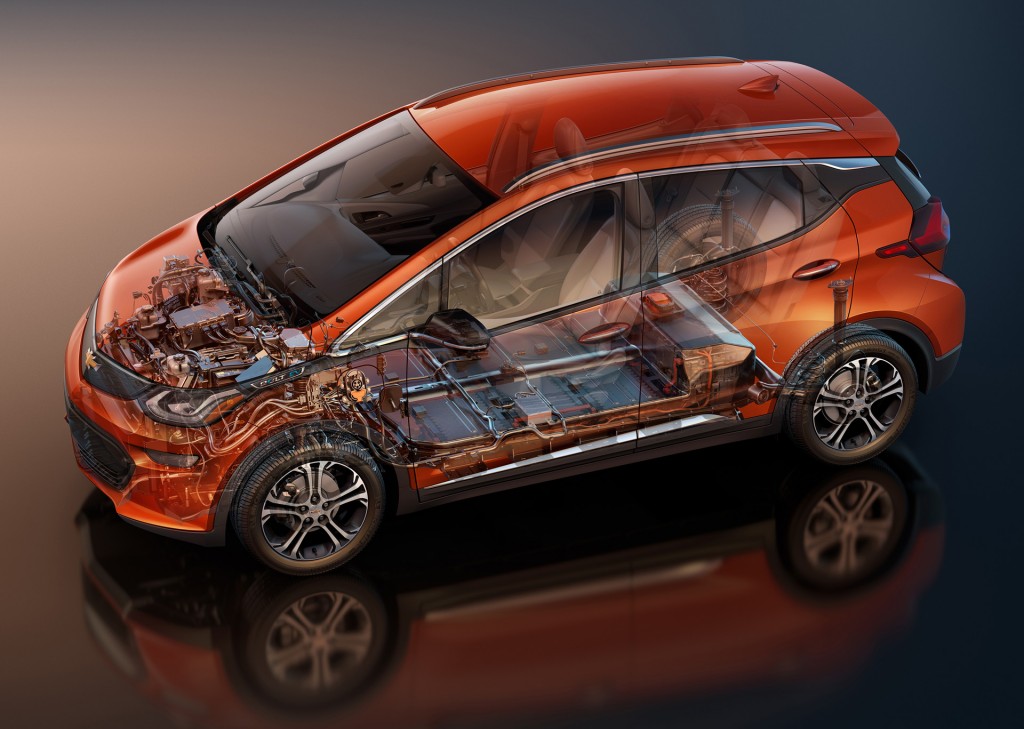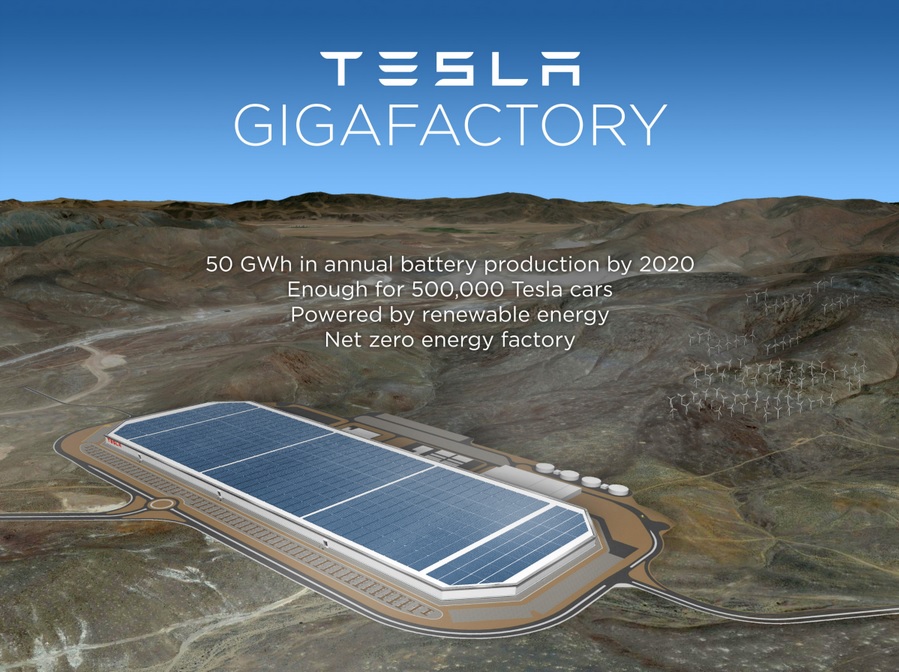Since the start of Tesla Model S electric-car production in 2012, the company's lithium-ion cells have been supplied by its Japanese partner Panasonic.
That applies to the more recent Tesla Model X crossover SUV as well—and Panasonic was also an early investor in Tesla Motors shares, owning a small percentage of the Silicon Valley company.
For the upcoming $35,000 Model 3 sedan, Tesla is building its massive "gigafactory" outside Reno, Nevada, to lower the cost of that car's cells through a single integration production site.
DON'T MISS: Tesla Model 3: speculating on versions, batteries, prices, power
Panasonic is a partner in that project, although its financial commitments have been cautious and conservative.
Now, according to an article yesterday in The Korea Times, Tesla is talking with three other possible cell suppliers for the Model 3: LG Chem, Samsung, and SK Innovation.
According to the newspaper's report, LG Chem is "expected to win the Tesla business thanks to its output commitment, good pricing and on-time delivery."

2017 Chevrolet Bolt EV
LG Chem is one of the world's three largest suppliers of lithium-ion cells for electric vehicles, with contracts to supply more than a dozen different vehicles—including both the Chevrolet Volt plug-in hybrid and the Chevy Bolt EV that will go into production by the end of this year.
Panasonic is another of the three, with Tesla as its primary customer.
The third large cell supplier is Automotive Electric Supply Corporation (AESC), the joint venture between Nissan and Japanese computer giant NEC. That venture supplies cells for the current Nissan Leaf, the world's best-selling electric car.
ALSO SEE: Tesla hires Audi veteran as new vehicle-production VP for Model 3
Earlier this month, Tesla CEO Elon Musk said the company had moved up its target date for producing 500,000 electric cars a year.
Formerly planned for 2020, he now says that will be the rate for 2018—an escalation in production rates that some industry insiders say simply cannot be met.
The Model 3 is scheduled to go into production before the end of 2017, another extremely aggressive target, using cells from the Nevada gigafactory.

Tesla gigafactory, March 2016, shown in drone footage posted to YouTube by Above Reno
At the moment, that plant is assembling battery packs using cells assembled elsewhere, but Tesla says it will begin fabrication of the cells themselves by the end of this year.
Still, if Musk's remarkable volume target is to be met, it appears that Model 3s may require more than one cell supplier.
Hence the discussions with the three Korean companies.
CHECK OUT: Tesla says it will build 500K cars a year by end of 2018; can it?
If the newspaper's report is accurate, and even some Tesla Model 3s are built using cells made by LG Chem, that would likely catapult the Korean company to the leader among global battery suppliers.
The Model 3 is expected to use 4.9-Amp-hour cylindrical cells from Panasonic in the 26650 format, somewhat larger than the 3.4-Ah 18650 cells used in the Model S and Model X.
To ramp up to the required battery-pack volumes for Musk's Model 3 targets, LG Chem, Samsung, or SK Innovation would have to offer cells in that format that offer the same energy and power characteristics as the Panasonic cells—which Tesla likely helped to design.

Rendering of Tesla battery gigafactory outside Reno, Nevada, Sep 2014
Whether those cells would be shipped to its pack-assembly line from elsewhere, or fabricated in the gigafactory, remains unknown.
But with such aggressive goals for Model 3 volumes, it appears that Tesla wants to ensure that the capacity of the world's lithium-ion cell suppliers won't constrain production of the car for which Tesla says it has taken almost 400,000 deposits.
In fact, the ability of battery suppliers to provide enough cells to meet growing demand for battery-electric cars promises to be a fascinating story over the next two or three years.
[hat tip: Joseph Dubeau]
_______________________________________













